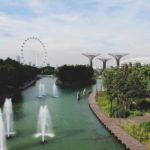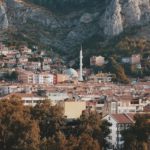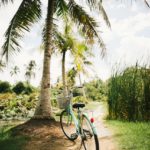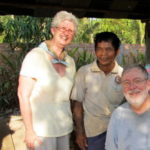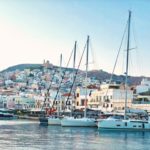How Folkestone Became Home
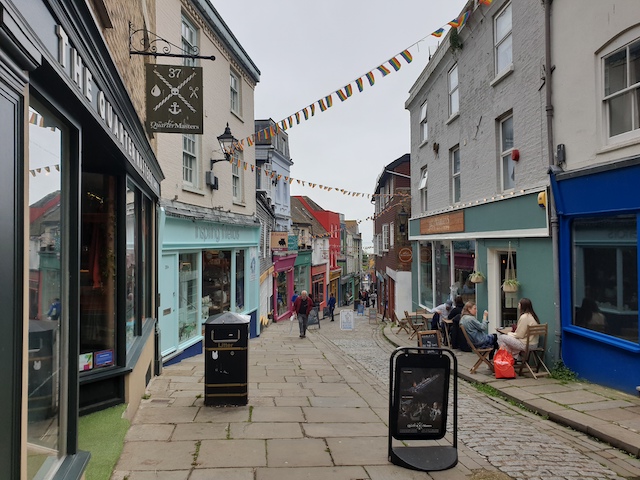
I first came to Folkestone years ago in a state of emotional turmoil. Someone I love very dearly was dying, and I was supposed to be on a plane to LA to say goodbye to him. However, due to delays with my new work visa, I was not allowed to leave the UK. Too upset to work, and with the time off already approved, I booked the cheapest local getaway I could. I thought I was going to Dover to see the white cliffs (a bucket-list location that required no thought from my scattered brain), but it turned out the AirBnB I booked was actually one train stop before Dover, in this rogue seaside town called Folkestone.
Folkestone, I soon learned, had once been a holiday destination for writers and royalty, and later the site of a beloved amusement park. However, in recent decades it had fallen into a sad and forgotten state. At the time of this first visit, Folkestone was only just beginning to put itself back on the map (quite literally — the town’s name had been replaced by the landmark “Channel Tunnel” on many signs when the road to France had opened up). The impetus for revitalisation that the town had adopted was art and creativity, something that I myself had been pushing aside for grad school and work and getting by in the expensive and exhausting London.
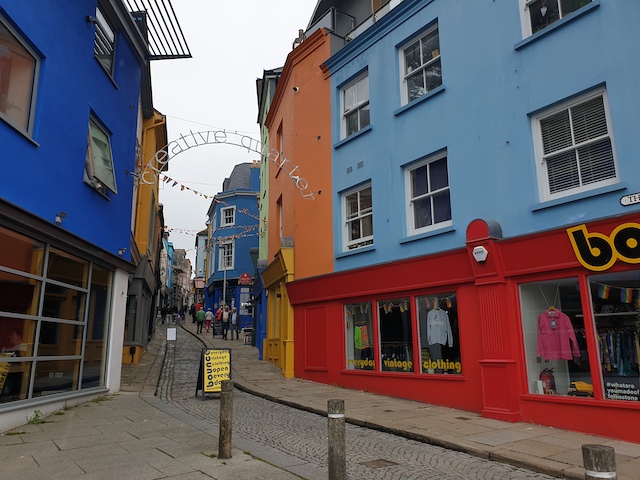
It was February, the off season. The town was quiet, and the sea was frigid, though this couldn’t stop me from wading in up to my knees the moment I stepped off the train (for an Oklahoma girl, a beach is a beach). In the grip of the sea, I could breathe for the first time in weeks. Letting the sea air fill my lungs, I felt that long-repressed creativity soak into me like sea water, and I let myself begin to imagine some other world, one from my childhood summers at the beach, where the mermaids might arrive any minute to take me away, and death and borders and mental health would cease to exist….
In the grip of the sea, I could breathe for the first time in weeks.
I spent three days walking the Creative Quarter, knowing no one, but sustaining myself on the little interactions — in coffee shops overflowing with books and shipping containers selling freshly baked bread. There was a colourful sadness to the town, and a feeble overcast grey hope that resonated with my weary mind. The sculptures and artworks hiding around every other corner whispered a promise to me that flowers could grow again through concrete and despair. That what I was feeling would someday pass. Such cliches were comforting, so I let them whisper on.
When night fell, otherworldly music seeped through the doors of the only open venue on a rainbow-painted but largely boarded-up Tontine Street. I wandered all the way down it and found myself in the dimly-lit harbour. The tide was completely out, and the colourful collection of fishing boats rose straight from the sand toward the moonlight. I climbed down to the exposed seabed to walk between the hulls, and in that moment, I wished I never had to return to London, a place I had spent years working so hard to get to be.
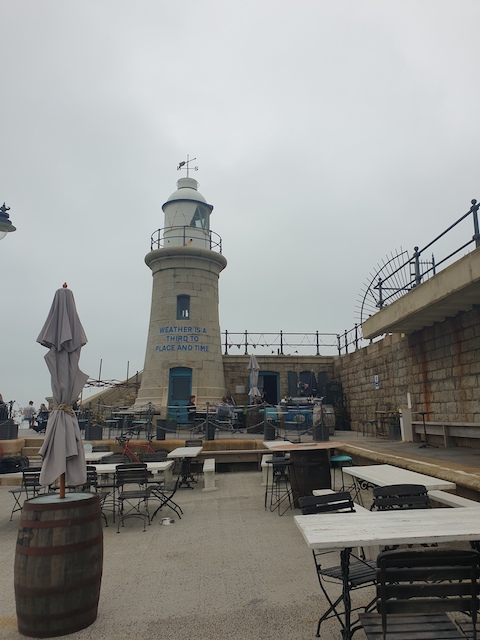
When the world shut down in 2020, I felt lost again (or still) in London. On a whim, I decided to go back to the place that had found me in that last bleak period of my life. All it took was one friend willing to split the rent and one Slack message to a manager already accustomed to the new work-from-home way of things, and Folkestone became home.
On a whim, I decided to go back to the place that had found me in that last bleak period of my life.
Through lockdowns and winter, the town has still been frequently quiet. I’ve spent the better part of a year still knowing no one, yet feeling a friend in the town itself. Almost every day, I walk a path across the clifftops, suspended between the sea to one side and the white crescent of homes and hotels to the other. I amble past an out-of-time bandstand and briefly believe I’m a Victorian woman sent to Kent for her “health” after babbling incoherence about handheld screens that dictate our lives and plagues that shut down the flying machine industry, which I require to go home.
Now summer has come, and vaccinations have had their effect in most corners of the country. Folkestone consistently makes its way onto listicles of “Places to Be”, and new bars and restaurants and cafes and art continue to appear like springtime flowers. Harbour screen football matches, book festivals, and vegan markets buzz through the town, and Londoners wander down in droves when the sun shows its face. Folkestone is alive at last. And yet I must leave it.
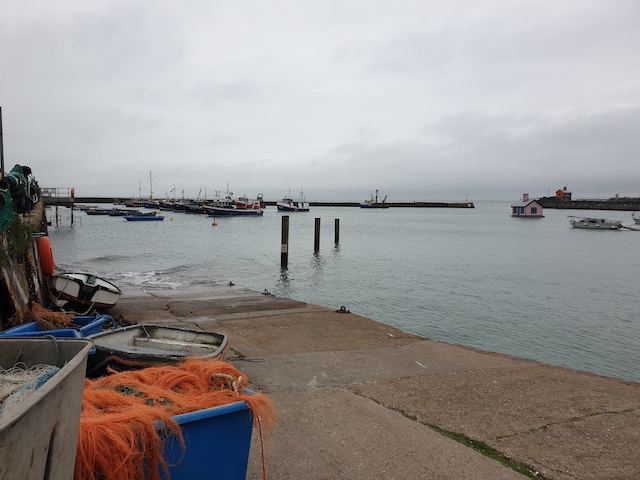
Folkestone is alive at last. And yet I must leave it.
I’m moving this week, to an opportunity on another part of the coast. Life, it would seem, is not a cogent narrative with plot points building to a stable happily ever after. This past year out of time speeds up and races past me in the blur of a bullet train as “life” is supposed to happen again. In the shadow of so much death, life still races forward. Bolstered by the strength I’ve recovered in this town, I’m ready to go along for the ride again and see where it takes me.
Yet somehow I feel that a part of me will always be here, a sense of belonging to this place even if I am away from it — something that a restless traveller can never over appreciate.
I don’t know when I’ll next return to Folkestone, but something tells me I’ll know again when the time has come.
Photo credits by Shelby Stillwell.


